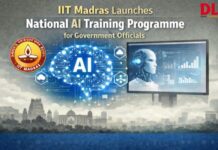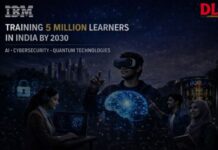The practice of online sites selling essays and completed assignments to students has reached a 200-million-pound business in UK which is threatening quality of British education.
The issue has reached such proportions that the House of Commons education select committee has decided to hold a special session later this year to investigate it. A 'plagiarism summit' in October has been scheduled by Vice-chancellors of British universities. New online sites are appearing almost every week and many sites report incomes in millions as students prefer to buy their assignments. According to an investigation made by Robert Clarke and Thomas Lancaster of the University of Central England, Internet cheating and selling tailored essays has assumed the dimensions of international trade, the trend has been termed by them as 'contract cheating'. Such sites claim that their work is mainly intended as a 'guide' to students, but they actuallt encourage plagiarism.



















